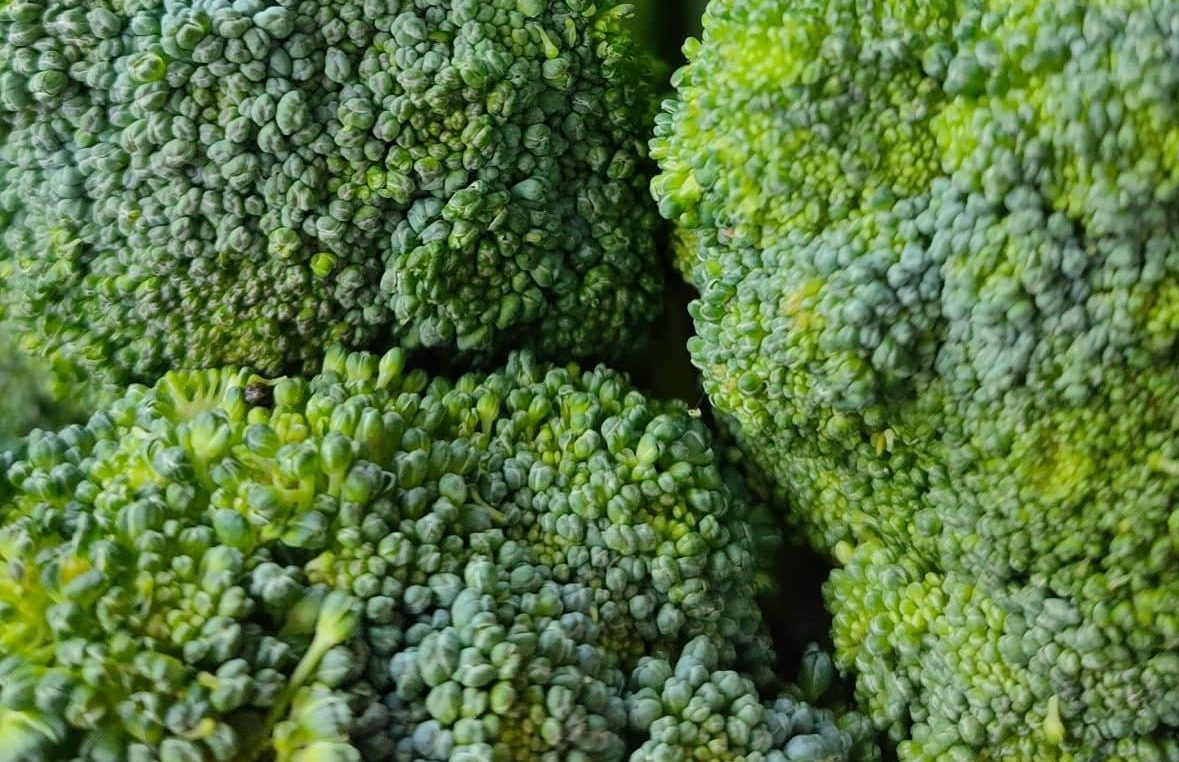Poisoned by a broccoli panino?


International news sites have recently reported on the tragic case of two deaths and further hospitalisations, apparently caused by botulism in broccoli panini. Whilst some sites are treating this with a hint of amusement, there is certainly nothing funny about two preventable deaths. We look at what we know, how these cases might have been caused and what could have been done to prevent them
We know that the common food that was eaten by those who suffered from food poisoning was a sandwich made from sausage and a leafy green vegetable, cimi de rape (also known as broccoli rabe), from an Italian food truck. Jars of cimi de rabe were reportedly seized from the truck, but it is not yet clear who prepared or preserved the vegetable.
Update 15/08/25 - Following the seizure of cimi de rabe from the food van, the Italian Ministry of Health has also issued a recall of four Neapolitan-style friarelli (cimi de rabe) products under the brand names Bel Sapore and Vittoria
The patients suffered from botulism, caused by pathogen Clostridium botulinum present in the broccoli sandwich. This rare but very serious pathogen is found in soil, dust, and river and sea sediments. The pathogenic bacteria themselves can be destroyed by cooking, but poor storage can lead to the production of toxic spores, which are resistant to heat. In the UK, most cases of foodborne botulism are caused by homemade food that is improperly canned or preserved. Typically, this includes foods such as fruits, vegetables, honey and fish. Botulism is also often found in prepared garlic products.
As it is likely that the botulism was present in the preserved cimi de rabe, we can identify a few potential points at which the preservation process went wrong, allowing the pathogen to produce toxic spores.
If you are involved in food preparation or production, you will recognise these as Critical Control Points - events where good food hygiene practice and monitoring should be used to reduce or eliminate food safety hazards. For more information, take a look at our Level 2 HACCP course which helps food businesses create food safety management systems, based on HACCP principles.
Sadly, a woman in her 40s and man in his 50s have died following this outbreak and 17 more have been hospitalised. Clostridium botulinum is a highly dangerous pathogen that attacks the nervous system and can be fatal in 5-10% of cases. Fatalities are not restricted to typically vulnerable patients.
According to the NHS, initial symptoms can include vomiting, stomach cramps, diarrhoea or constipation. Without treatment, the illness can attack the nervous system, leading to:
For more information on botulism, its causes and prevention, take a look at the FSA website
Photo credit: Adi Rahman via Unsplash
Join 950,000+ learners
Explore our award winning online video based training
The Safer Food Group
Unit 2, Integrity House,
Lower Lumsdale, Matlock
DE4 5EX
Back
to top
© The Safer Food Group 2025 | Privacy policy